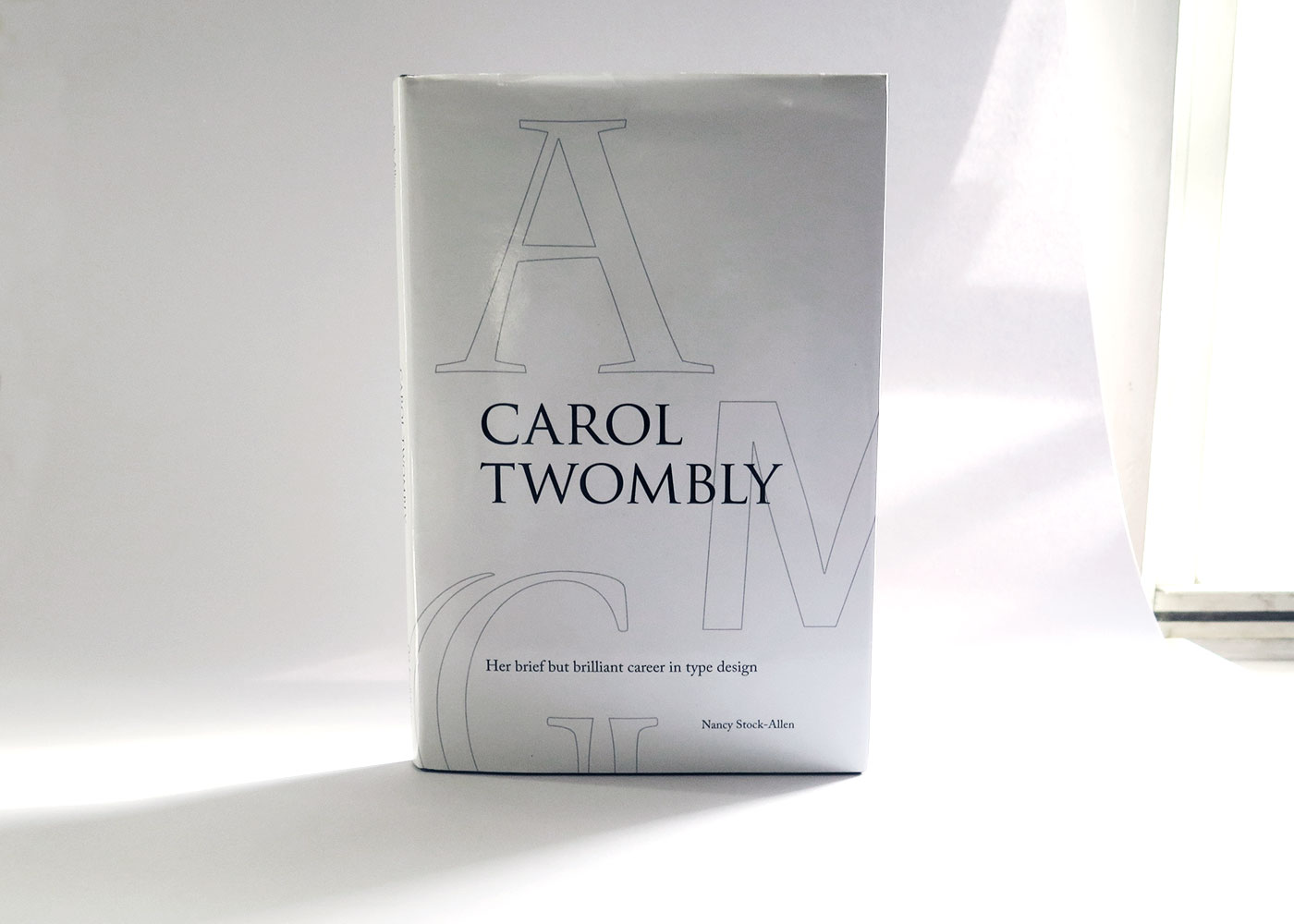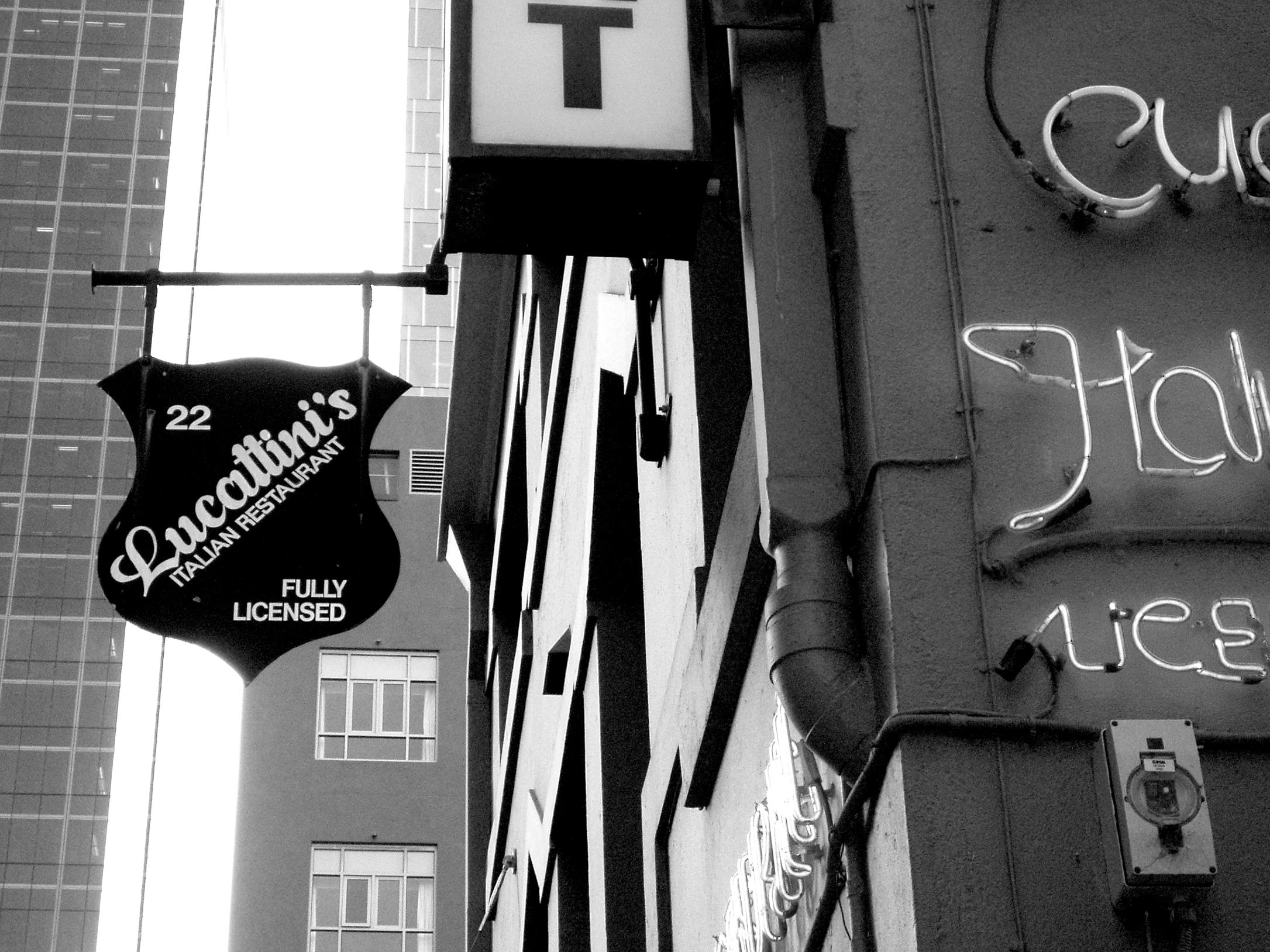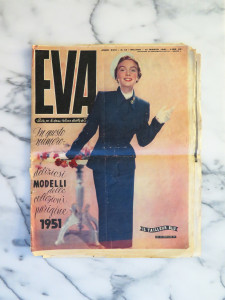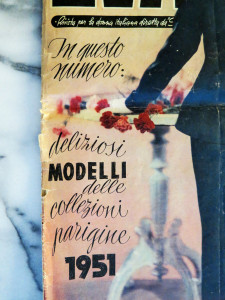Every year, Printed Matter and MoMA choose a sticky weekend in late September to host the New York Art Book Fair at PS1. Between the insane crowds of mostly white people and the heat and the exhaustive, never-ending booths of vendors, everyone leaves traumatized. Which is why it took me six years to go back. But I did, for the love of typography.

I took my intrepid companion, a seven year-old Goth kid who’s really into personal expression, named Francesca. She rides on the back pegs of my bike, and as we came over a small bridge in Queens, we took in the Manhattan skyline and its wavy heat currents. I said, “isn’t living in New York City great?!” … to a native New Yorker, who was like “sure.”






